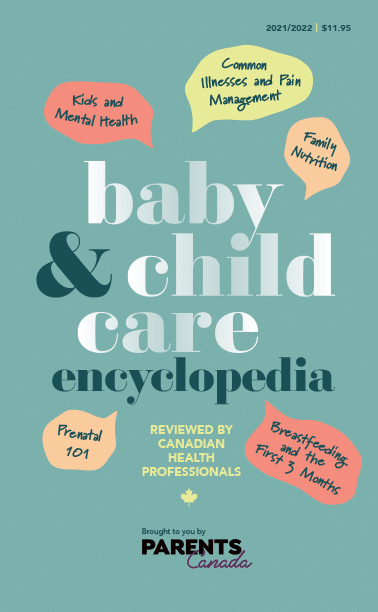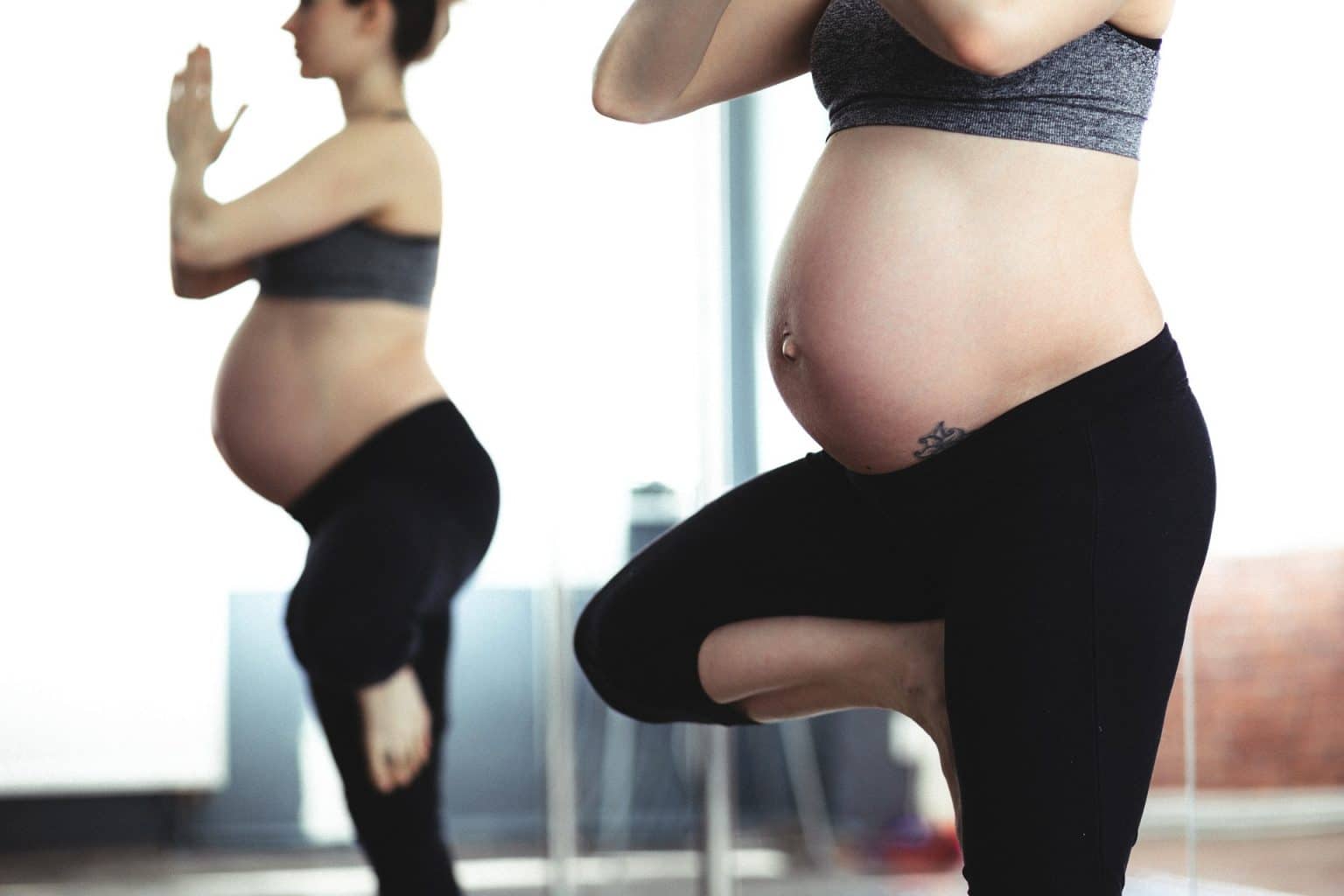From the pages of the Baby & Child Care Encyclopedia: Chapter 1, Prenatal 101
Getting regular exercise and paying attention to your diet are two things that can help to contribute to a healthy pregnancy. We’ve got the goods on whether or not you’re eating for two and tips for listening to your body.
Are You Really Eating for Two?
Well, not exactly. A pregnant woman only needs about 300 extra calories a day (that’s about 80,000 calories over the course of a full-term pregnancy). We don’t recommend dieting or counting calories while pregnant, as this can be harmful—instead, focus on eating a healthy, balanced diet that represents all of the major food groups. Enjoy fresh fruits and vegetables, lean proteins, whole grains and healthy fats.
Choose your carbohydrates wisely! Limit white bread, potatoes, pasta and rice, and increase the amounts of colourful vegetables on your plate. And yes, go ahead and treat yourself once in a while! Just be mindful of your sugar intake as gestational diabetes can become an issue.
Is Exercise Safe for Pregnancy?
Physical activity is also highly beneficial for pregnant women. Regular exercise can help you enjoy a physically healthy pregnancy, contribute to mental wellness and result in an easier delivery and postnatal recovery. Walking, swimming and yoga are all safe, low-impact activities you can try or continue. Many gyms offer fitness classes tailored to pregnant women, from pilates to aerobics. If you’ve always been active, there’s no reason not to remain active while pregnant and continue with activities such as running, cycling or hiking. Avoid activities where you could fall, waist twisting movements, jarring movements or rapid changes in direction, and contact sports. If you weren’t as active before your pregnancy, consult your healthcare provider about beginning a fitness regime.
Aim for a minimum of 30 minutes of physical activity each day, whether that’s a brisk walk or a spin class. Stop exercising if you begin feeling dizzy or lightheaded, have chest pain or heart palpitations, have sudden swelling in your hands/feet/ankles, or feel extremely hot or short of breath. Listen to your body, stay hydrated and don’t push yourself too hard.
Your body changes constantly throughout pregnancy, and this impacts every woman differently. You may feel strong, feminine and empowered, or you might not recognize yourself in the mirror. Whatever you’re feeling, it’s valid—so cut yourself some slack!
During pregnancy, it’s normal to experience stretch marks, varicose veins, pigmentation changes, blemishes and other less than desirable side effects. Moisturize daily to keep your skin well hydrated—this is helpful for reducing dry skin and minimizing blemishes. The turnover of skin cells is accelerated during pregnancy, so make sure you nourish your body to keep skin feeling its best. Coconut butter, shea butter and similar products may help minimize the appearance of stretch marks; however, they are often influenced by your genetics and cannot necessarily be avoided. Varicose veins typically resolve without treatment three to six months after pregnancy.
GESTATIONAL DIABETES refers to a case of diabetes that is first diagnosed during pregnancy. Like other forms of diabetes (Type I and Type II), gestational diabetes negatively impacts your body’s ability to process glucose. This can result in high blood sugar, which affects both your own health and the health of your baby. Fortunately, gestational diabetes can often be managed through diet and typically resolves itself after pregnancy. Women who have had gestational diabetes are at higher risk of developing Type II diabetes later in life and having newborns who may need medical care after birth to help them maintain safe glucose levels in their blood.
Read more from the Baby & Child Care Encyclopedia.

-
-
- Prenatal 101
- Breastfeeding and the First Three Months
- Starting Solids and the Toddler Years
- An Age-by-Age Guide to Sleep
- Family Nutrition
- Kids and Mental Health
- When Your Child is Sick
- Safety and First Aid
- Milestones, Checklists and Charts
-















